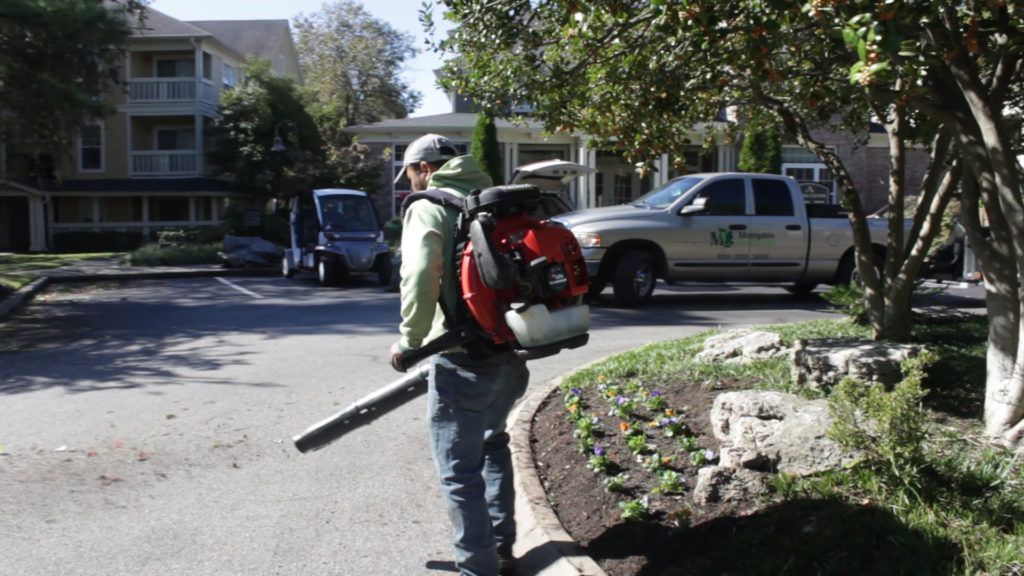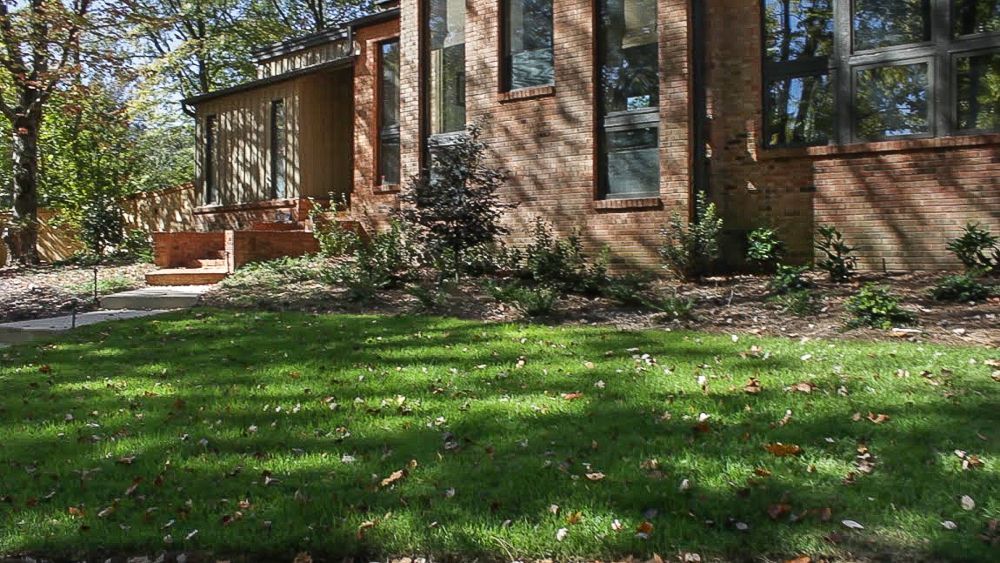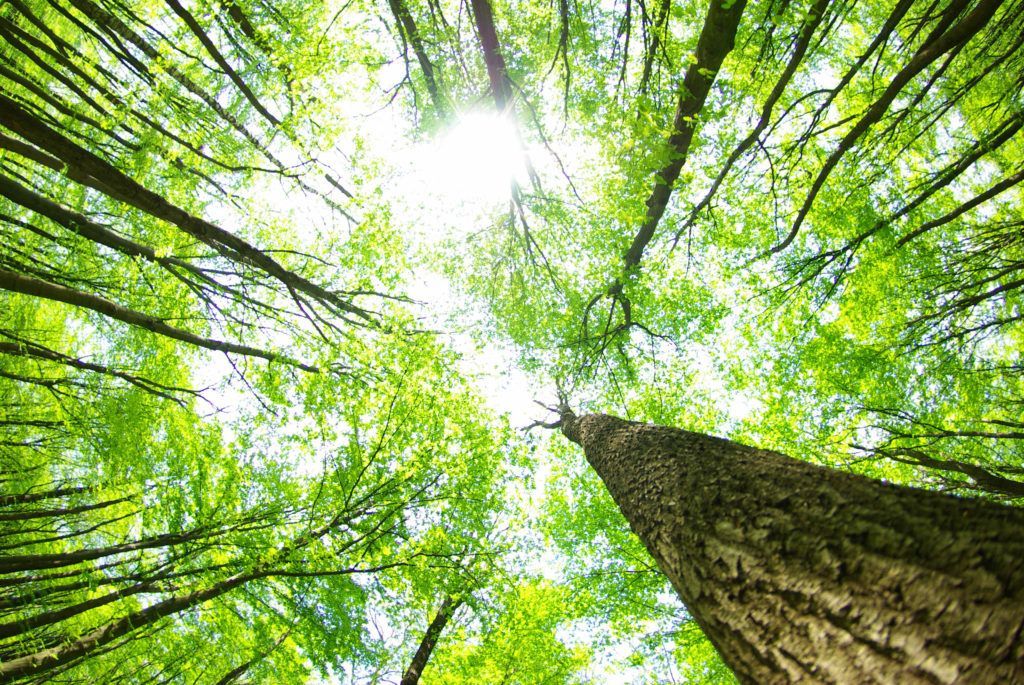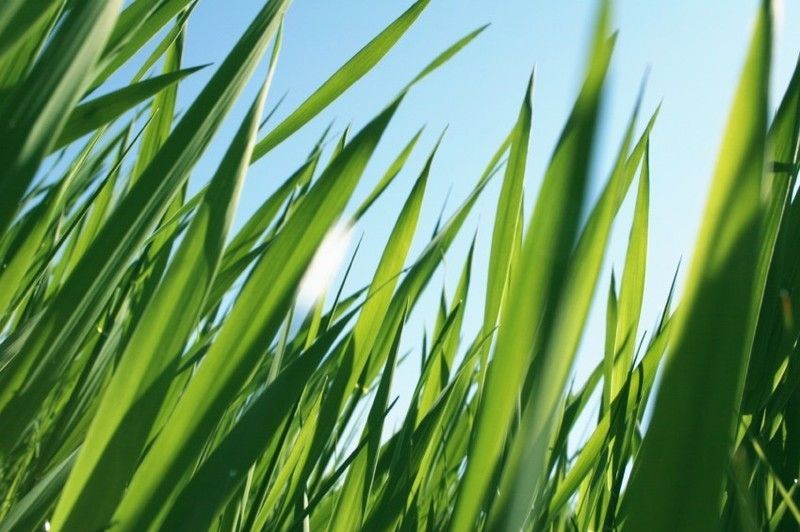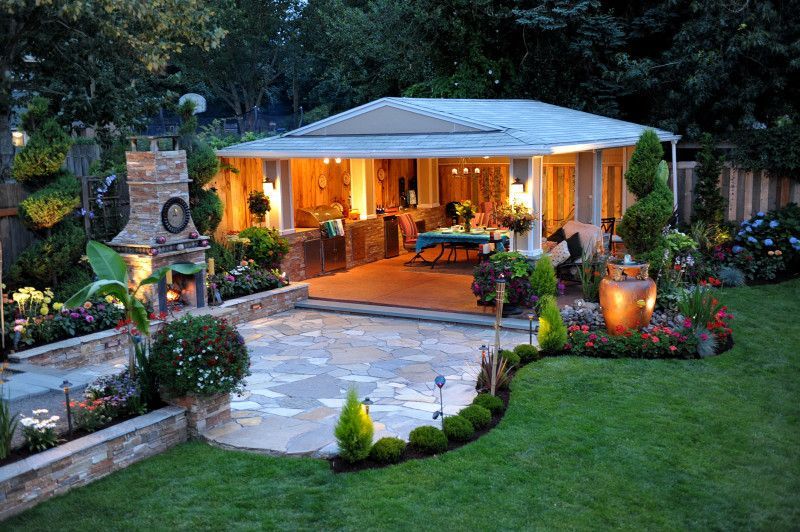(901) 343-6400
Pruning vs Trimming
Two techniques used when taking care of gardens and landscape are pruning and trimming. Trimming usually applies to maintaining small shrubs or hedges, while horticulturists use pruning for trees and shrubs. While the terms can be used interchangeably, they utilize different types of equipment and have different times for implementation. The end result of trimming and pruning are healthy and aesthetically appealing trees, shrubs and hedges. Memphis Landscape has the knowledge and know how to help you keep your yard and treelines looking great!
Pruning
Pruning is necessary to prevent loose or dead branches from harming other plants or people. The tree’s flowers and fruit are allowed to flourish when these branches are removed. Pruning is meant to stimulate the tree, not stunt its growth. The elimination of diseased or pest infested branches are other reasons to have your trees professionally pruned. Pruning can also be used for for aesthetic purposes. Pollarding and topiary, two forms of pruning, can cause trees to take on unnatural forms. Topiary is the art of shaping trees into animal or geometric shapes. Pollarding is the practice of annual pruning to produce new shoots each year.
Pruning is required to remove dead and dying branches to maintain health and safety on mature trees. This type of pruning is referred to as cleaning. The removal of live branches to reduce density, known as thinning, significantly reduces wind resistance and subsequent storm damage. Thinning should only be done on trees where the crown is too dense and only by a trained arborist from someone like Memphis Landscape . As many branches as possible should be left on the interior crown, with thinning focused on the outer portions of the canopy. In some instances, the crown or individual branches require reduction in length to improve the form and shape of the plant, to compensate for structural weaknesses, and to eliminate interference with objects and structures. The process of pruning lower branches, known as raising, is used to increase the amount of light for turf grass and ground cover beneath the crown of a tree. The professionals at Memphis Landscape are trained to evaluate the condition of your trees and determine the type of pruning required to balance your goals and those of managing plant health and safety. Give us a call today!
Homeowners often overlook the structural pruning of young trees. Trees evolved in forests where they tend to grow straight and lose lower branches due to competition for light. Many species tend to develop multiple stems/leaders that are more prone to failure when they’re planted in a landscape full of sun. Weak attachments that fail later in the life of the plant are due to the lower branches growing at the same rate as the terminal leader. Pruning trees when they’re young and growing quickly is critical to ensuring a strong framework for future growth. We focus on maintaining a single dominant stem unless multiple stem clumps are specifically desired. Branches are pruned to keep their size proportional to the stem diameter at their point of attachment. Some branches are removed to ensure adequate spacing between permanent scaffold limbs as the tree grows. A natural open grown form typical of the species is maintained to provide the natural shape of the tree.
Memphis Landscape can also develop and maintain formal pruning styles including pollarding, espalier, pleaching, and topiary. As more homeowners grow their own apples, pears, citrus, and other fruit bearing plants in their gardens, fruit tree pruning is becoming increasingly popular. Vista pruning, which is the judicious removal of branches to enhance a specific view from a defined location, is performed for homes with a river or lake view.
Trimming
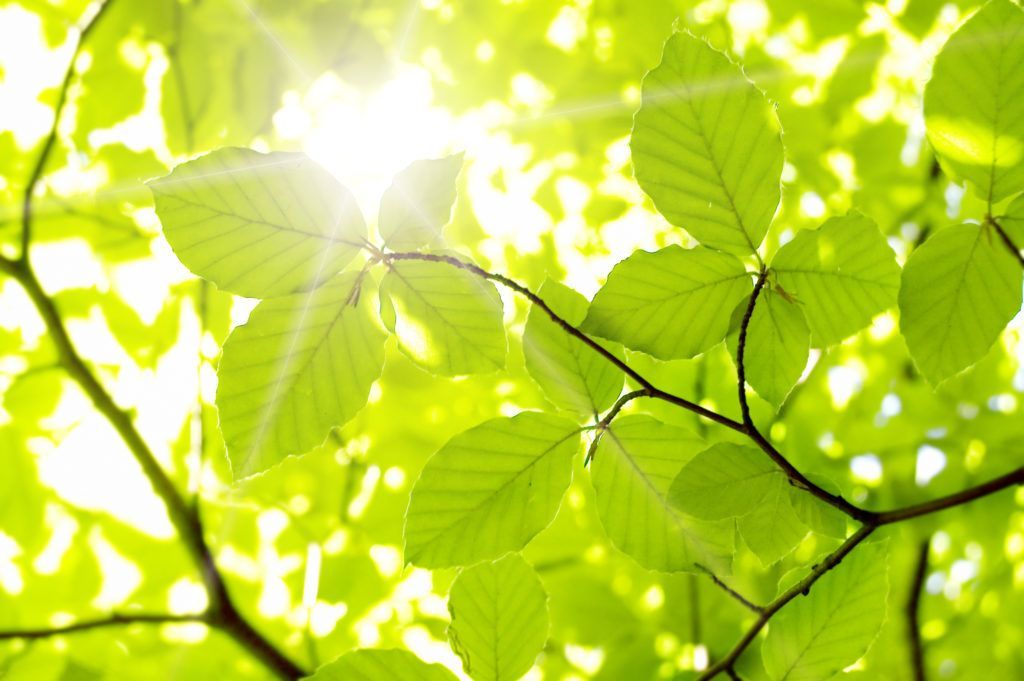
Memphis Landscape can help you tidy up your small shrub or hedge’s appearance by removing overgrown branches. While pruning focuses on safety and a tree’s health, shrubs and hedges are trimmed for aesthetic purposes. However, you should have us trim your shrubs at least twice per year to prevent excessive overgrowth from happening because it will reduce the amount of moisture and light a shrub receives, damaging the plant.
Hedges create a natural looking boundary instead of looking at walls, fences and other artificial structures. There’s always maintenance involved in anything worthwhile and that includes trimming hedges to keep them neat. A hedge can be trimmed from one to three times a year depending on the species and styling requirement. Trimming is an art, as you can create bare patches or trim too much off which can be detrimental to the survival of the plant, which is why it’s important to rely on professionals like Memphis Landscape .
Evergreens such as Yew, Lawson Cypress, Leyland Cypress, Laurel, Bay, Pyracantha, Box, Privet and Holly can be trimmed all through the summer and up to late September, depending on weather conditions. Deciduous hedges like Beech, Hawthorn, Hornbeam and Hazel are trimmed annually after flowering, between June and September.
Conifers are the most common hedges which suffer from bare or brown patches. Most conifers will not grow back if they are trimmed back too hard, so leave the trimming to us!
Frequency
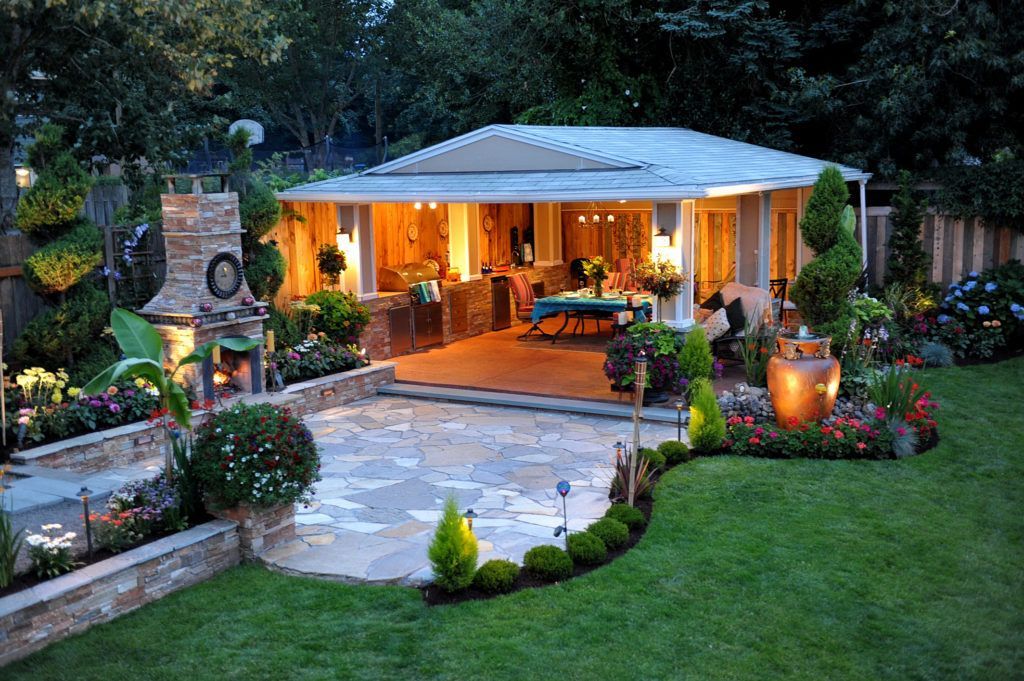
The required frequency for pruning or trimming varies among plant species. Spring flowering trees should be pruned immediately after their blooming cycle, usually during late June. Summer flowering trees should be pruned in the winter and spring months. A shrub or hedge’s appearance dictates when it should be trimmed, rather than its health or flowering cycles, but you will want Memphis Landscape to come trim your hedges before their excessive branch growth reaches over one foot.
Memphis Landscape is happy to come and quote for you any hedge trimming or tree pruning requirements you may have. We have experience in trimming hedges and pruning trees of all shapes, sizes, and varieties. We can also provide you with information on our recommended trimming and pruning intervals to maintain the health and appearance of all your trees, shrubs, and hedges. Give us a call and take the worry and work out of landscaping!
The post Pruning vs Trimming appeared first on Memphis Landcape, LLC.

